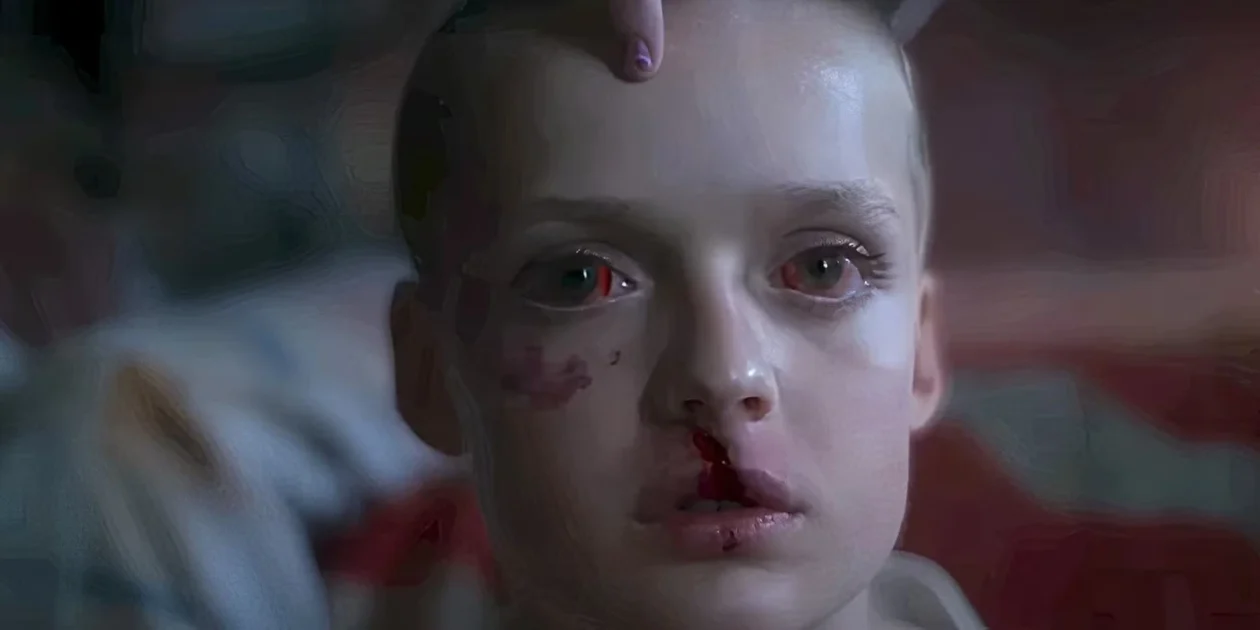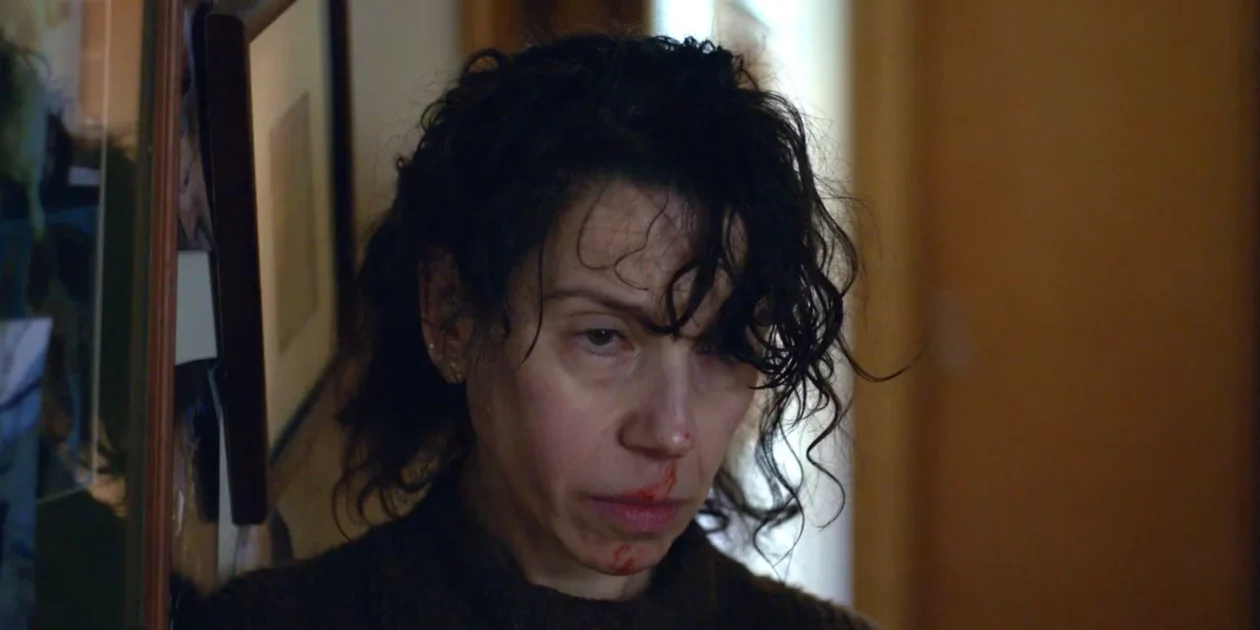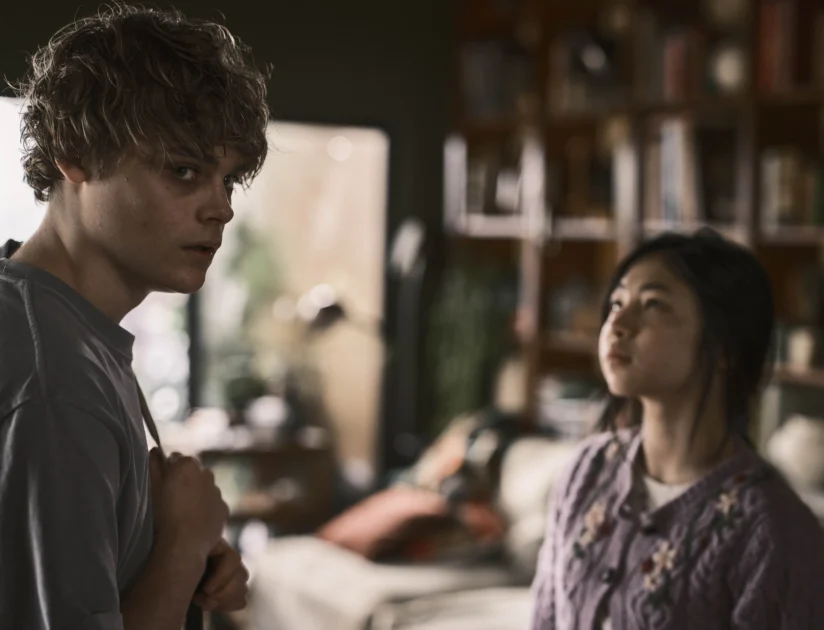Bring Her Back (2025) Review, A Ritual of Grief, Guardianship, and Grapefruit Warnings
In Bring Her Back (2025), the directors of Talk To Me return with a haunting foster horror soaked in grief, guardianship, and spiritual misfires. Sally Hawkins delivers an eerie, layered performance in a film that doesn’t always explain itself, but always knows how it wants you to feel.

The title Bring Her Back might not hit you like a freight train when the credits roll. But give it time, it lingers. Like grief. Like trauma. Like the cold slap of someone else’s logic slowly making emotional sense. From Talk To Me directors Danny and Michael Philippou, this sophomore supernatural entry is moodier, more insular, and far more psychologically brutal.
This isn’t just “Talk To Me with a foster mum.” It’s what if grief and delusion made a casserole and fed it to a kid with a dead dad and a blind sister? And let me be clear: this directorial duo doesn’t ever fall into low-brow genre traps. They use those expectations to mislead, subvert, and then hit you with something much smarter than it initially appears.
Spoiler Alert
This review discusses key plot pivots and the ending, but leaves the best surprises intact. If you haven’t seen Bring Her Back yet, consider watching first unless you’re spoiler-proof by nature.
Grapefruit Truths & The Foster Home from Hell – Bring Her Back
Andy (Billy Barratt) is instantly likeable, his grief captured in smart, blink-and-you ’ll-miss-it, camera flashes. The opening sequence, a stretcher banging over the threshold of their home, Andy hearing it and thinking about how it mirrors his own bruises, sets the tone: delicate, raw, precise.
His sister Piper (Mischa Heywood), partially sighted and sharp-witted, is his whole world. Their connection is tight, intimate. She calls him out, supports him, and leans into their shared trauma without sentimentalism. It’s the kind of sibling bond that makes you forget you’re watching a horror film, until Nora arrives.
Nora (Sally Hawkins) is their new foster mother. Her exaggerated sweetness barely covers her intrusive behavior. The second she steps in, she starts reading Andy’s private messages, reshuffling bedrooms, and talking too much about her dead daughter, Cathy. She’s invasive from minute one. And not in the slow-burn “maybe she’s just quirky” way. No. Nora reads as wrong from frame one.
The film leans into that discomfort. And it knows what it’s doing. When a cat is briefly placed in peril, but then turns out just fine, you realize this film is using your expectations against you. It dances along the line of familiar tropes only to yank them away. The cat is a red herring. So is Oliver’s muteness. So, is the idea that this is going to be a traditional possession film. Clever, clever writing.

“Kiss Your Father, Andy. It’s a Custom.”
The circle itself is never discussed. It isn’t explained with clunky exposition. It just exists, captured in lingering aerial shots of the property, subtle enough to register only in the minds of the audience. A visual that haunts the mind’s eye long after the scene has cut away. It’s the cinematography here that acts as a character in its own right. Shots are composed not just to show, but to suggest. To hint. To whisper. The camera guides us with intention, often showing us more than the characters know. Especially Andy.
We learn Nora lost her daughter, Cathy to a drowning. Her son Oliver (selectively mute) is unstable, intense, and clearly part of something deeper. He slowly changes throughout the tight runtime. He smashes windows. He slashes his own arms. And Nora watches old home videos of strange rituals late at night and wanders within the shell of the backyard pool. Combine that with a weird rule about staying inside, and things get messy. Fast.
Piper is assigned Cathy’s old room. Nora watches her ritual footage the night they move in. The first night. That’s the energy. Oliver steps outside the circle and suddenly doesn’t recognize Nora. That moment is visually stunning, his face transformed by practical effects that feel painfully tactile. Everything escalates with an eerie logic. Nora is convinced she can transfer Cathy’s spirit into Piper. Or maybe into Oliver. Or maybe Cathy never left. The mythology is loose, but that’s not a failure; it’s deliberate. This is emotional horror, not narrative horror.
Even the shower, post-trauma, becomes a site of fear. And that’s the difference: this film centers its horror in what the body remembers, not just what the plot tells you.
Piper, Grapefruit, and Emotional Logic
There’s a code word, “grapefruit”, that becomes a kind of truth trigger between Piper and Andy. It doesn’t need an exposition dump. It works. Because the emotional logic is always louder than the metaphysical one. What would you do to protect someone if you had the chance? Could you, would you shield someone you love if it meant crossing a line you can’t uncross? These questions pulse beneath every scene. They’re the emotional core, hidden under layers of blood, salt, and whispered truth triggers.
By the final act, Cathy’s body is revealed in a freezer, Piper is next, Oliver is unraveling, and Nora… Nora becomes tragic. You start to see her not as evil but as broken, as someone who’s trying to put her grief puzzle back together with other people’s limbs. Nora lost her shit.. But you can’t say she didn’t try her best to fix what broke. She just didn’t care what got in her way.
The ending is chaotic. But chaos makes sense here. You don’t get neat grief. You don’t get tidy horror. You get Nora wading into the pool with Cathy’s body, the police closing in, and a spirit crossing the circle line like they don’t care about its supernatural walls.
The Philippou Effect: Still Haunting
This director loves breaking teeth, skin, and dry retching style carnage. It’s grotesque in moments, but grounded in human choices. Visceral doesn’t mean cheap here. Is Bring Her Back as tight as Talk To Me? No. But that’s not the point. This film is messier, more emotionally unkempt. And that fits. It offers something slower to digest, but once it hits, it doesn’t leave.
And for me? That’s a win. Not every scare needs a jump. Some just need a whisper, a grapefruit, and a freezer.
Bring Her Back film rating
4 Spirit-swapping citrus fruits out of 5
Emotional logic over narrative clarity, but packed with dread, intimacy, and subverted expectations.
Previous Film: Talk To Me (2022) reviewed right here on Mother of Movies. For more films with possession, add these to your watchlist: Veronica | The Occupant, or Soul to Keep
Movie Highlights
Production
Causeway Films (presents) Salmira Productions (in association with) The South Australian Film Corporation (in association with)
Director
Danny Philippou, Michael Philippou
Writer(s)
Danny Philippou, Michael Philippou
Main Cast
Billy Barratt, Sally Hawkins, Mischa Heywood
Distributors
A24 (United States, 2025)(theatrical) Elevation Pictures (Canada, 2025) (theatrical)
Synopsis
In Bring Her Back (2025), a grieving teen and his younger sister are placed with a new foster mother whose seemingly kind demeanor masks something far more disturbing.

Where to Watch Bring Her Back

Bring Her Back

Director: Danny Philippou, Michael Philippou
Date Created: 2025-05-29 05:00
4
Pros
- Emotion-Driven Horror: The film roots its scares in grief, trauma, and emotional stakes rather than cheap jump scares.
- Striking Cinematography: Aerial shots and symbolic visuals (like the circle) create a haunting visual language that lingers long after the credits roll.
- Clever Subversions: Classic horror tropes (the cat, the mute child, the “creepy foster mom”) are used against the viewer in unexpectedly smart ways.
Cons
- Loose Mythology: The supernatural mechanics are vague, which might frustrate viewers looking for concrete lore or answers.
- Pacing Wobbles Midway
- Title Feels Light... At First. The title Bring Her Back may seem generic or forgettable until it retroactively gains meaning, some might miss its weight on first watch.
